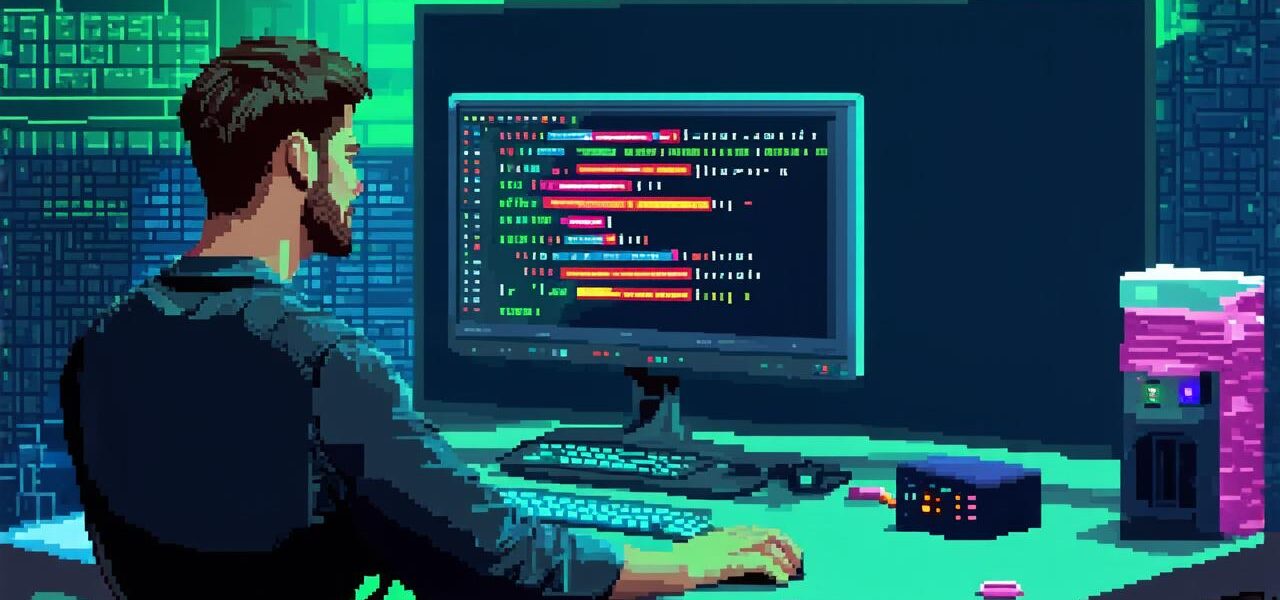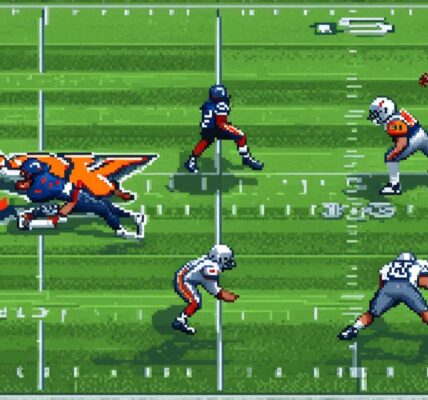As video games continue to evolve and become more sophisticated, so too do the challenges that programmers face in creating them. One of the biggest challenges is instructing a video game on how to function – that is, how to take input from players and translate it into gameplay mechanics.
1. Understand the Basics of Programming Video Games
Before you can instruct a video game on how to function, you need to understand the basics of programming video games. This involves learning about programming languages, game engines, and other software tools that are commonly used in game development.
One of the most popular programming languages for creating video games is C++. C++ is a powerful language that is widely used in game development because it offers a high level of control over hardware resources and allows for fast performance. However, it can be challenging to learn and requires a strong understanding of computer science principles.
Another important aspect of programming video games is using game engines like Unity and Unreal Engine. Game engines provide a set of tools and libraries that make it easier to create complex gameplay mechanics and visual effects. They also offer support for multiple platforms, including PC, consoles, and mobile devices.
2. Design the User Interface (UI)
The user interface (UI) is an essential part of any video game, as it allows players to interact with the game and control its mechanics. The UI should be designed in a way that is intuitive and easy to use, so that players can quickly understand how to play the game and what actions are required to progress through levels.
One of the key principles of UI design is consistency. Consistency means that elements in the UI should have similar behavior and look alike, so that players can easily recognize and interact with them. For example, buttons should have a consistent shape and color scheme, and menus should be organized in a predictable way.
Another important aspect of UI design is usability testing. This involves testing the game with real users to identify any areas where the UI is confusing or difficult to use. Usability testing can help you identify potential problems early on in the development process, so that you can make changes and improvements before the game is released.
3. Implement Game Mechanics

The mechanics of a video game are the rules and systems that govern how the game works. These include things like movement, combat, puzzles, and other interactive elements. To implement game mechanics, you will need to use programming logic that translates player input into gameplay actions.
One important aspect of implementing game mechanics is testing. Testing involves running the game through a series of scenarios to ensure that it behaves as expected and that there are no bugs or glitches. Testing can be time-consuming, but it is essential for ensuring that the game is fun and engaging for players.
Another important aspect of implementing game mechanics is debugging. Debugging involves identifying and fixing problems in the code that cause the game to behave unexpectedly. Debugging can be challenging, especially when dealing with complex systems, but it is essential for creating a smooth and enjoyable gaming experience.
4. Optimize Performance
One of the biggest challenges facing video game programmers is optimizing performance. This involves ensuring that the game runs smoothly and quickly on all platforms, even on low-end hardware. To optimize performance, you will need to use techniques like memory management, caching, and compression.
Memory management involves allocating and deallocating memory in a way that minimizes waste and maximizes efficiency. This can be done by using data structures like arrays and hash tables, and by avoiding unnecessary object creation and destruction.
Caching involves storing frequently accessed data in memory to improve performance. This can be done by using techniques like lazy loading and memoization, which store data only when it is needed, and by avoiding redundant calculations and comparisons.
Compression involves reducing the size of game assets, such as textures and audio files, to improve load times and reduce memory usage. This can be done using techniques like lossless compression and decompression, and by using optimized file formats.




